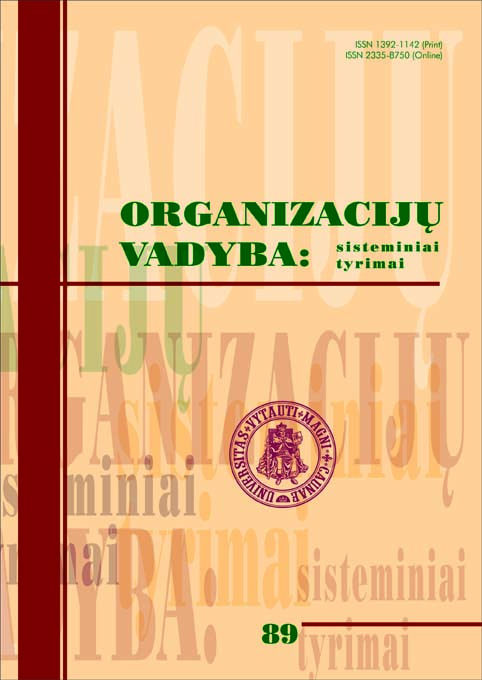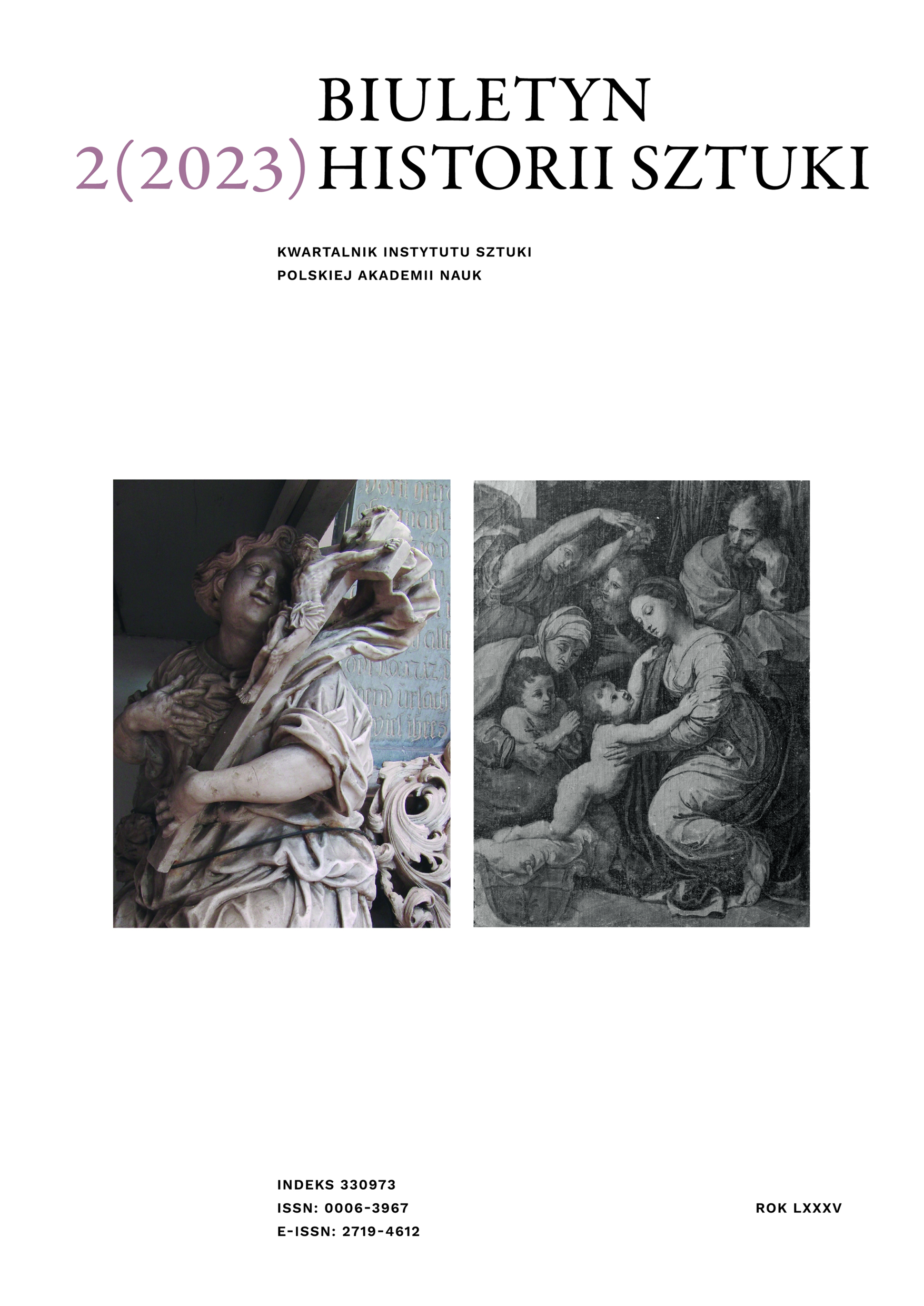
Poverty Reduction: Analysis of Factors Affecting Poverty in Lithuania
Poverty Reduction: Analysis of Factors Affecting Poverty in Lithuania
Keywords: Average wage; Ordinary least squares; Poverty; Unemployment;
The purpose of this paper is to evaluate poverty reduction possibilities determining the effect of average wage and unemployment on poverty, identifying the factor that is a more important predictor of poverty in Lithuania. Based on scientific literature analysis, we identify the factors that determine the phenomenon under study. We perform a statistical analysis of the collected data in the period of 2008–2021 to identify trends and patterns in the factors under consideration. The ordinary least squares method allows to estimate the impact of the selected factors on poverty. The results show that unemployment has a statistically significant positive effect (based on the sign of the estimated parameter of the regression model) on poverty, while average wage has a statistically significant negative effect on poverty. Based on the obtained results, we present possible solutions to company managers on how they could contribute to reducing poverty in the country. We conclude that company managers could apply more sustainable development goals in their businesses, reduce gender inequality, increase wages, hire unskilled workers, and help them to improve. In this way, company managers could contribute to reducing poverty in the country.
More...


